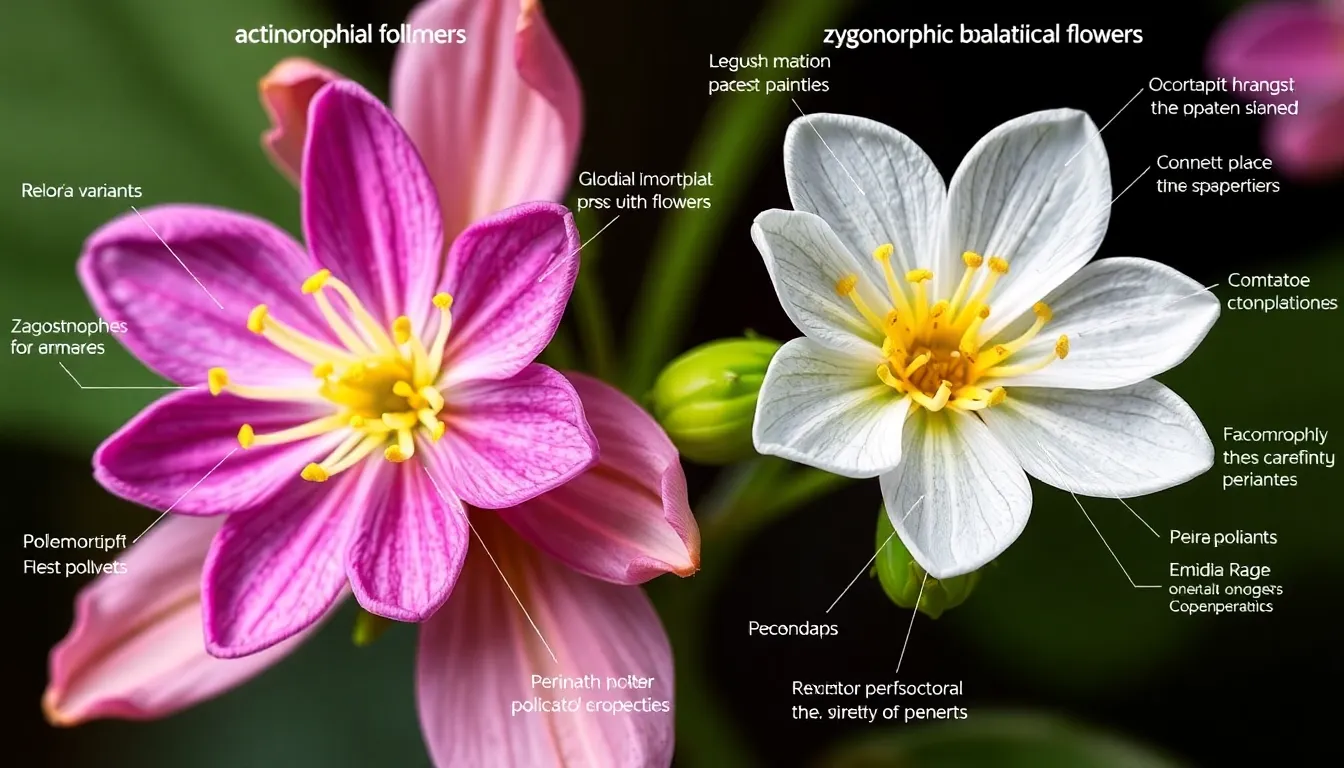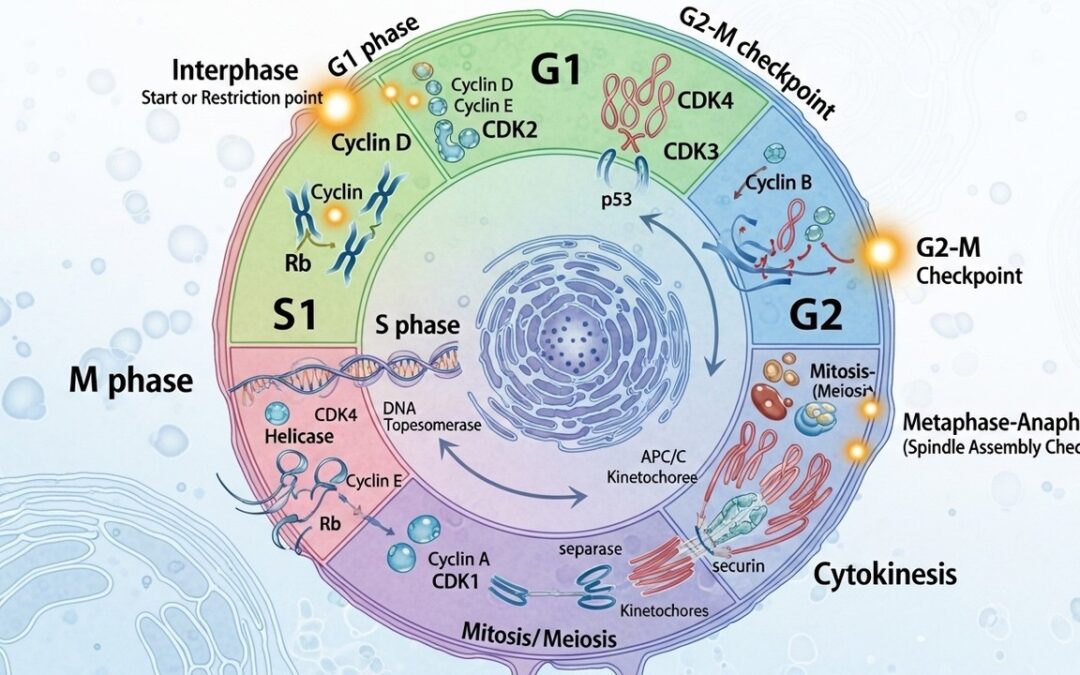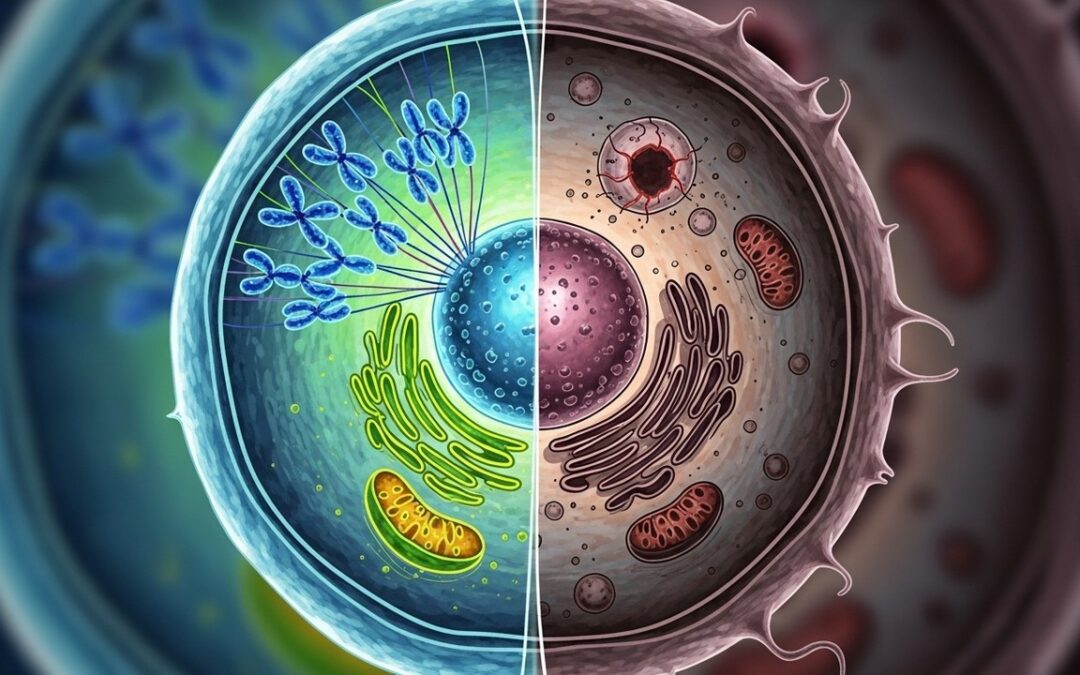Table of Contents
- Flower symmetry biology: Actinomorphic (radial) flowers
- Flower symmetry biology: Zygomorphic (bilateral) flowers
- Flower symmetry biology: Peloria and developmental plasticity
- Flower symmetry biology: Genetic control of symmetry
- Flower symmetry biology: Evolutionary context
- Flower symmetry biology: Inflorescences and apparent radial patterns
- Flower symmetry biology: Pollination ecology and symmetry
- Flower symmetry biology: Global patterns and networks
- Flower symmetry biology: History and landmark studies
- Flower symmetry biology: Horticultural applications and future directions
- Similar topics and quick questions
Read More
flower symmetry biology opens a window onto how flowers arrange their body parts, guiding pollinator interactions and evolutionary trajectories. This discussion distinguishes radial actinomorphic forms from bilateral zygomorphic patterns, weaving developmental biology with ecology in a natural, engaging way. The geometry of blooms becomes a lens on life’s diversity.
Flower symmetry biology: Actinomorphic (radial) flowers
Actinomorphic flowers exhibit radial symmetry, allowing division into three or more identical sectors around a central axis. This balanced geometry provides access to nectar and pollen from any angle, a feature that supports generalist pollinators and broad ecological niches. In this framework, symmetry mirrors developmental regularity and resilience.
In practice, actinomorphic taxa such as lilies and buttercups showcase evenly distributed organs—tepals, petals, and sepals—around the center. The typical organ arrangement is often pentamerous or trimerous, aligning with underlying genetic programs that produce duplicated sectors and harmonious whorls. Flower symmetry biology thus links form to function elegantly.
Flower symmetry biology: Zygomorphic (bilateral) flowers
Zygomorphic flowers divide along a single plane into two mirror-image halves, yielding a yoke-like, bilateral form. This specialized symmetry constrains pollinator access and promotes targeted interactions, shaping how insects contact reproductive structures. Flower symmetry biology reveals how anatomy channels behavior and visitation patterns.
Orchids and many Lamiales illustrate this pattern, with structures oriented to guide precise pollen transfer. Bilateral symmetry often coevolves with particular pollinators, driving diversification and niche specialization. The resulting morphologies demonstrate how subtle developmental tweaks can yield pronounced functional outcomes in ecosystems.
Flower symmetry biology: Peloria and developmental plasticity
Peloria describes the aberrant transition where normally zygomorphic flowers become actinomorphic, revealing developmental plasticity in floral architecture. Flower symmetry biology shows that such changes can arise from environmental pressures or shifts in regulatory networks, offering a natural testbed for evo-devo concepts and morphological stability.
These aberrations underscore that symmetry is not fixed; it responds to regulatory cues and genetic context. Peloric forms illuminate how small changes in gene expression can dramatically alter bloom shape, providing insights into robustness, constraint, and the evolutionary potential of floral architecture within angiosperms.
Flower symmetry biology: Genetic control of symmetry
The genetic basis of floral symmetry centers on regulators such as the CYCLOIDEA gene, which helps establish bilateral patterns. Flower symmetry biology connects visible morphology to molecular control, illustrating how regulatory elements sculpt organ identity and spatial arrangement across the corolla and surrounding perianth.
Knockout or altered expression of symmetry genes can produce peloric flowers, demonstrating a genotype-phenotype link central to evo-devo. The study of these genetic switches informs breeding, taxonomy, and our understanding of how developmental systems evolve to produce dazzling, varied floral forms.
Flower symmetry biology: Evolutionary context
Actinomorphic traits are considered ancestral in flowering plants, while zygomorphic features arise later as derived adaptations. Flower symmetry biology thus frames a narrative where morphology reflects evolutionary history, pollination pressures, and ecological context, revealing how symmetry shifts accompany diversification and speciation across lineages.
Through this lens, the evolution of bilateral symmetry is often tied to pollinator interactions and ecological networks. Morphological innovation can open new niches, create assortative mating barriers, and promote reproductive isolation, highlighting how form, function, and environment intertwine in the grand tapestry of plant evolution.
Flower symmetry biology: Inflorescences and apparent radial patterns
Many flowers that appear actinomorphic are actually part of composite inflorescences, such as daisies or sunflowers, where tiny florets assemble into a head with radial appearance. Flower symmetry biology helps disentangle perianth modules from the overall display, clarifying visual cues and pollinator responses.
These clusters reveal how collective floral units achieve a convincing radial impression, even when individual flowers exhibit diverse organ identities. Understanding such arrangements demonstrates the boundary between perianth morphology and inflorescence architecture, enriching interpretations of pollination ecology and evolutionary strategy.
Flower symmetry biology: Pollination ecology and symmetry
The symmetry type of a flower shapes pollen placement on pollinators and influences visitation patterns. Actinomorphic blooms often invite a wider range of visitors, while bilateral forms can channel visits to specific floral regions, enhancing pollination efficiency and potentially driving reproductive isolation through specialized interactions.
That link between geometry and behavior underpins broader ecological and evolutionary dynamics. By shaping how pollinators contact reproductive organs, symmetry acts as a selective force guiding morphological diversity, speciation, and ecological resilience in diverse plant communities across climates and geographies.
Flower symmetry biology: Global patterns and networks
Globally, zygomorphic flowers are a minority, yet they create distinct ecological networks with varied connectance and pollinator communities. Flower symmetry biology shows that these networks often exhibit higher asymmetry and altered coextinction robustness for both plants and visitors, influencing conservation priorities.
Comparative analyses reveal that zygomorphic networks may concentrate pollinator services, while actinomorphic networks embody broader visitation. This duality highlights how symmetry shapes network structure, resilience, and biodiversity—key considerations for understanding ecosystem function and the future of pollination biology in changing environments.
Flower symmetry biology: History and landmark studies
Charles Darwin explored peloria in Antirrhinum to probe inheritance of floral traits, establishing a bridge between morphology and genetics. Flower symmetry biology benefits from these historical inquiries, which laid the groundwork for modern evo-devo and quantitative genetics in flowering plants.
Subsequent work with Digitalis purpurea reinforced Mendelian expectations and demonstrated how classical genetics aligns with evolving floral form. This historical arc underscores the enduring value of integrative approaches that connect morphology, development, and evolutionary theory in plant biology.
Flower symmetry biology: Horticultural applications and future directions
In horticulture, peloric and other symmetry variations are celebrated for their aesthetic impact and market appeal. Flower symmetry biology informs breeding programs aiming to expand color, shape, and display while maintaining pollination compatibility and ecological fit in cultivated settings.
Future research integrates genomics, morphometrics, and ecological data to predict how symmetry shifts affect fitness, attraction, and resilience. This synthesis promises novel insights into how flower shape mediates plant–pollinator interactions and fuels diversification across diverse floras and landscapes.
Similar topics and quick questions
Problem 1: Define actinomorphic symmetry in flowers.
Radial symmetry with multiple identical sectors around the center.
Problem 2: What characterizes zygomorphic flowers?
Bilaterally symmetric blossoms divisible by one plane into two mirror halves.
Problem 3: What is peloria?
A shift from zygomorphic to actinomorphic symmetry in a normally bilaterally symmetric flower.
Problem 4: Which gene is often linked to floral symmetry?
The CYCLOIDEA gene regulator, affecting bilateral development.
Problem 5: How does symmetry influence pollinators?
Symmetry guides pollen placement and visitor specialization, impacting pollination efficiency and speciation.
| Topic | Summary |
|---|---|
| Actinomorphic flowers | Radial symmetry with three or more identical sectors; broad pollinator access. |
| Zygomorphic flowers | Bilaterally symmetric; precise pollinator interactions and specialized morphology. |
| Peloria | Actinomorphy arising in place of normal zygomorphy; developmental flexibility. |
| Genetic control | CYCLOIDEA and related regulators shape symmetry; gene knockouts yield peloric forms. |
| Evolutionary context | Actinomorphy is ancestral; zygomorphy is derived and linked to pollination shifts. |
| Inflorescences | Head/capitulum structures can mimic radial displays despite diverse component flowers. |
| Pollination ecology | Symmetry influences pollen transfer and visitor behavior, driving diversification. |
| Global networks | Zygomorphic networks show different connectance and robustness patterns than actinomorphic ones. |
We also Published
RESOURCES
- Repeated evolution of a reproductive polyphenism in plants is …
- An expanded evolutionary role for flower symmetry genes | Journal …
- Developmental genetics of floral symmetry evolution
- Floral symmetry affects bumblebee approach consistency in artificial …
- Geometric morphometrics reveals shifts in flower shape symmetry …
- Zygomorphic flowers last longer: the evolution of floral symmetry and …
- Symmetry in biology – Wikipedia
- Floral symmetry: the geometry of plant reproduction | Emerging …
- Floral symmetry: the geometry of plant reproduction – PMC
- A Step-by-Step Guide for Geometric Morphometrics of Floral Symmetry








0 Comments